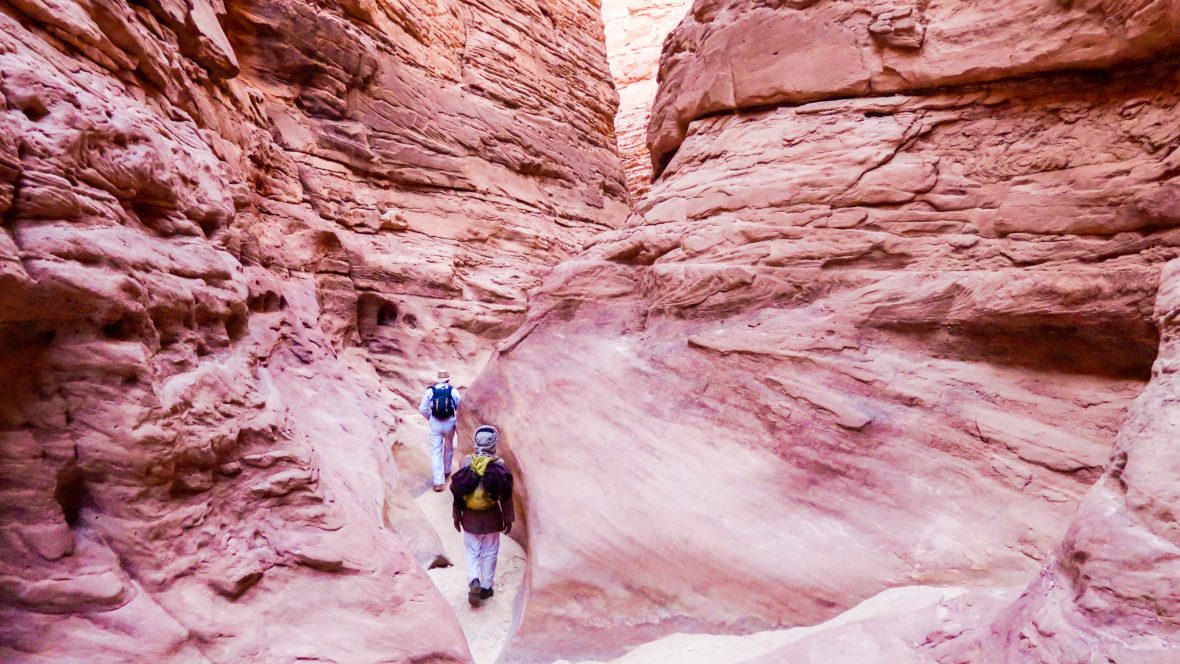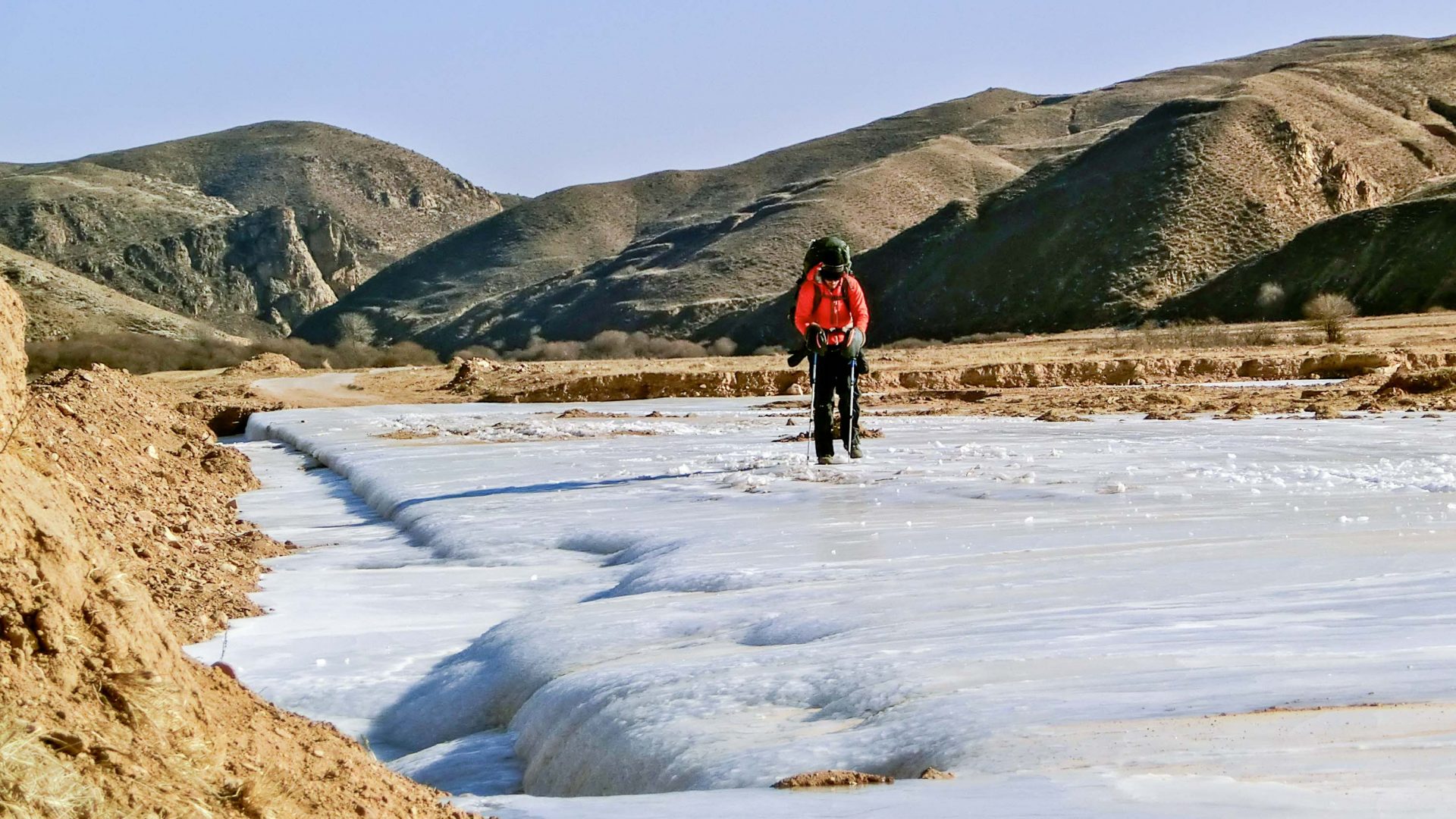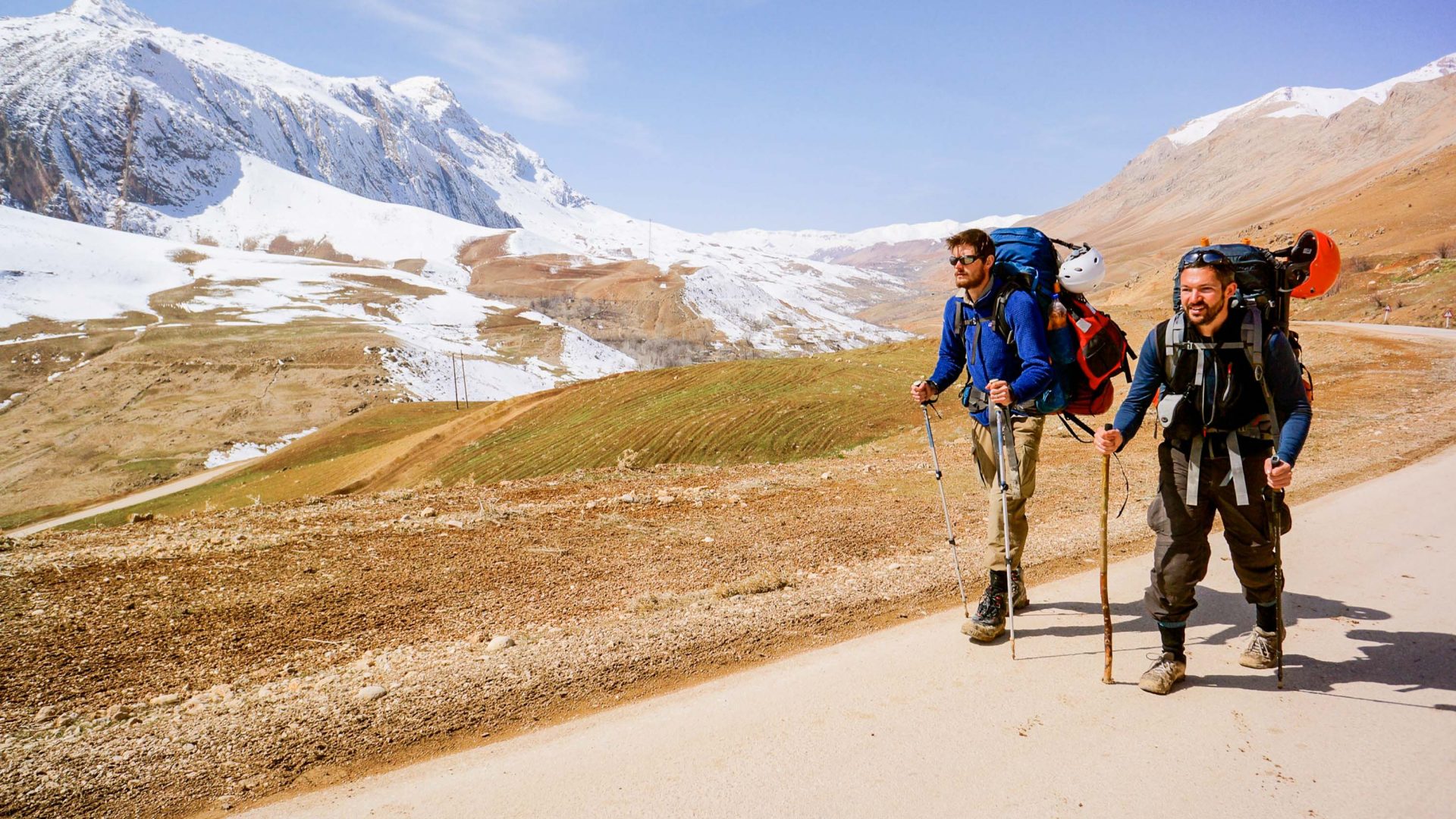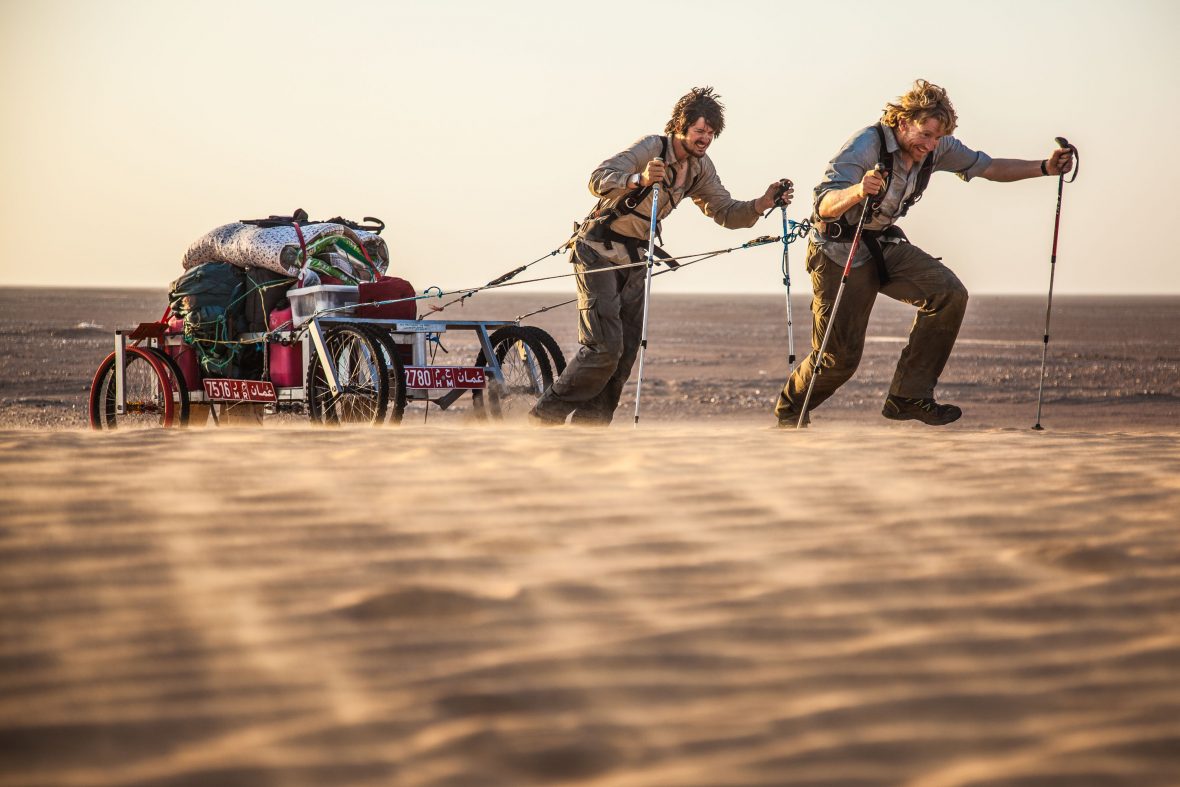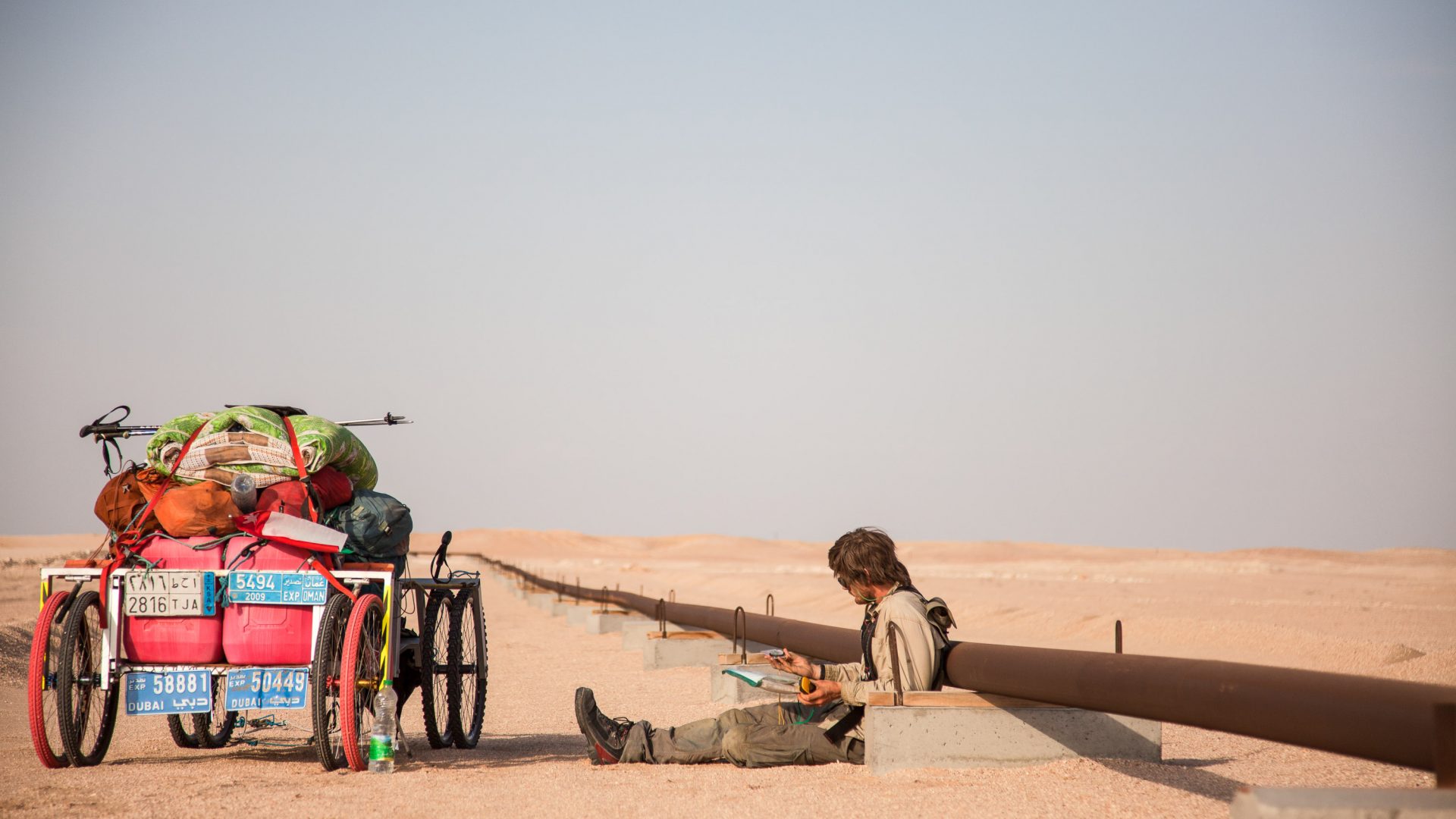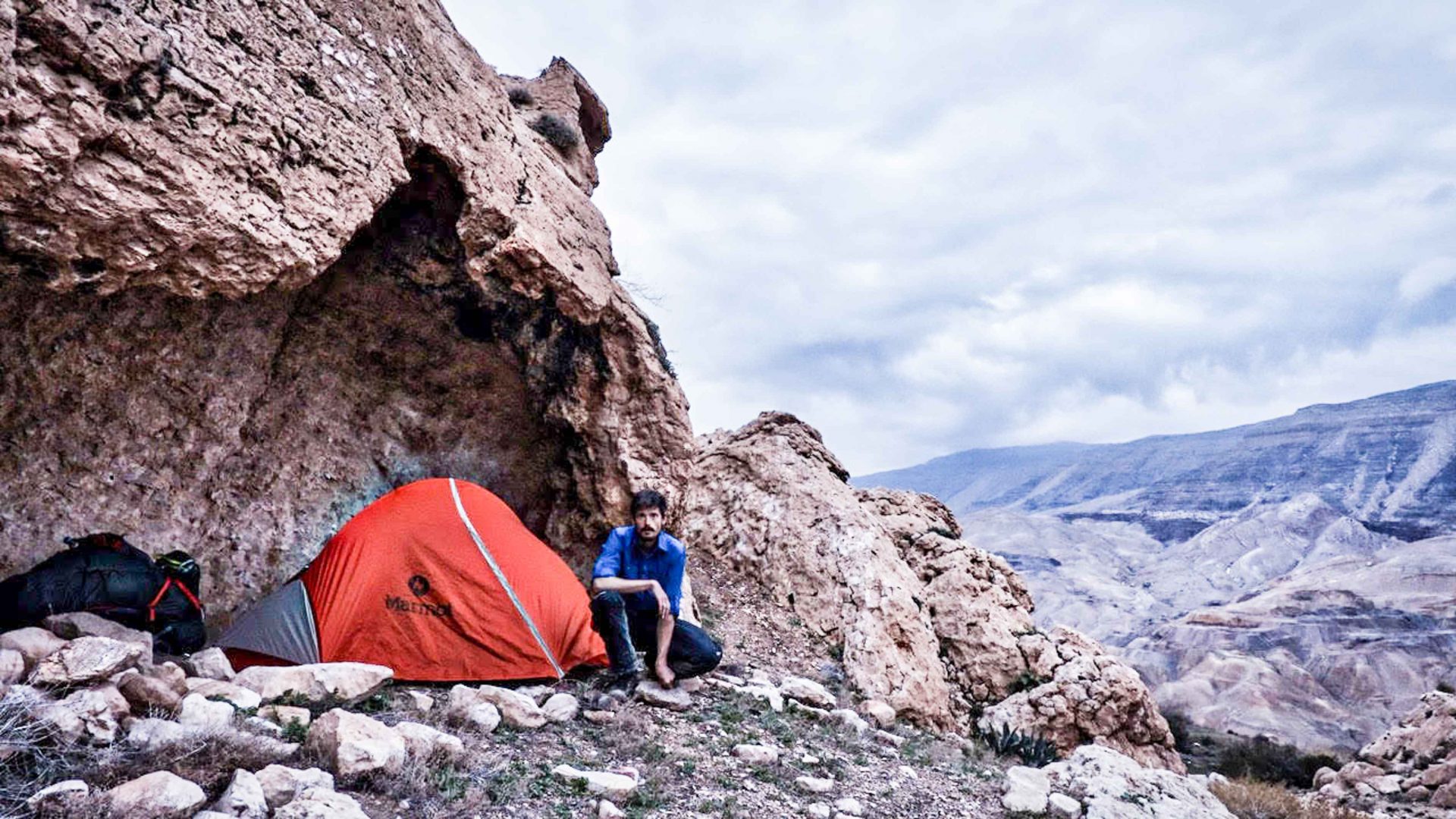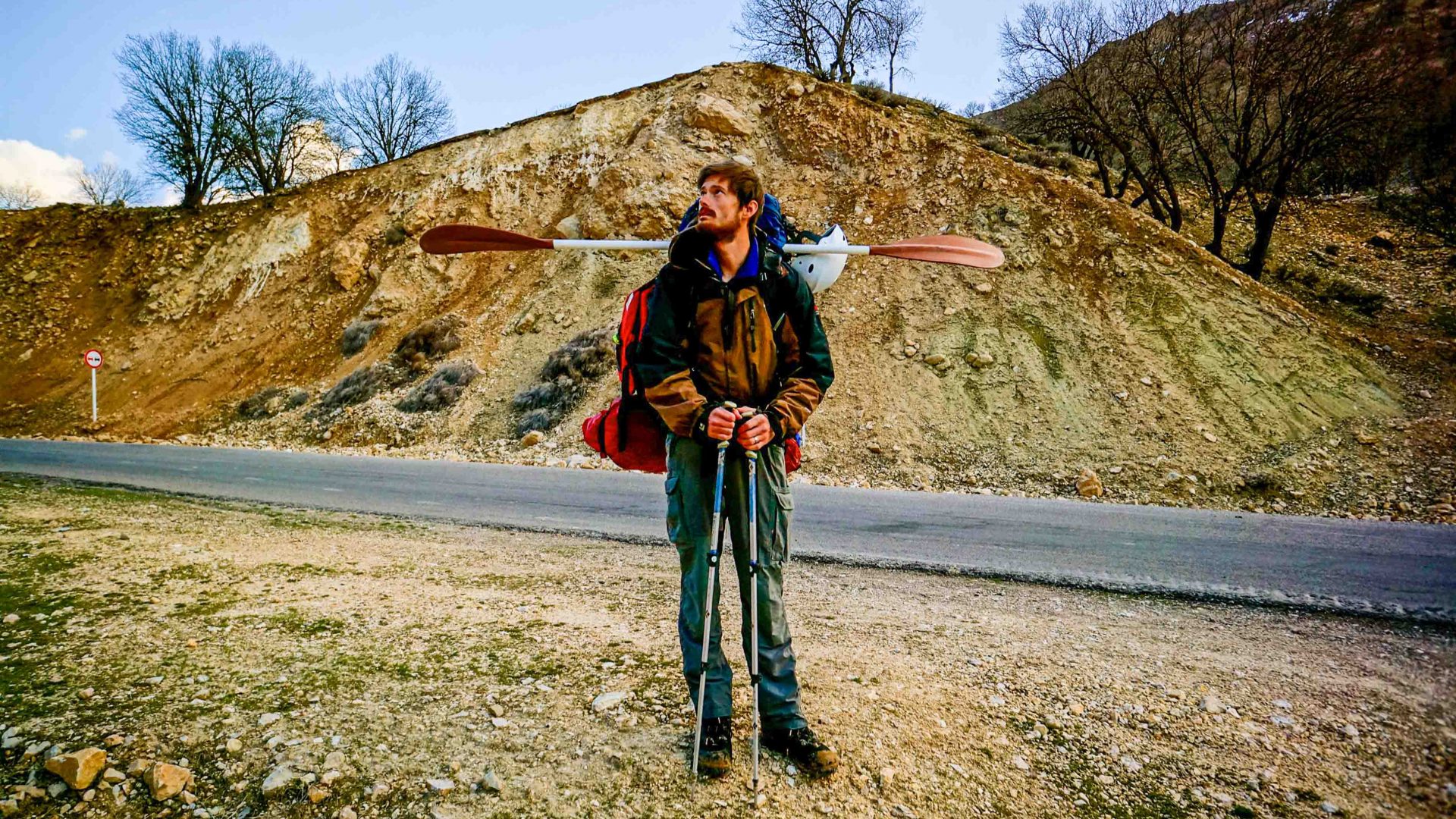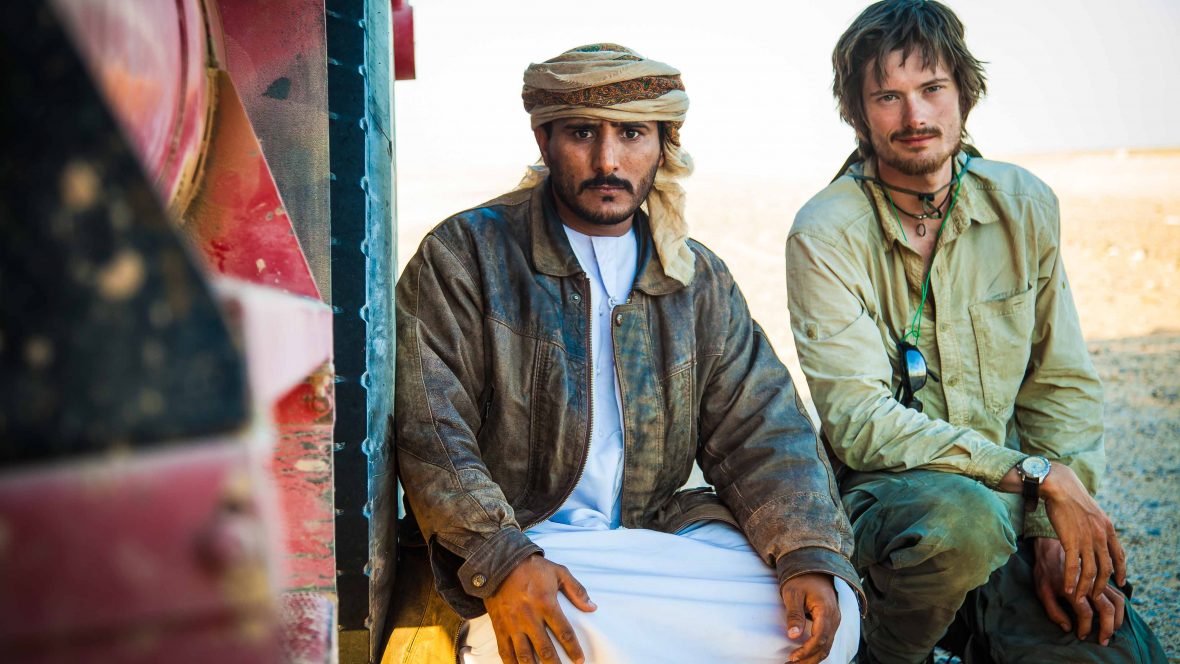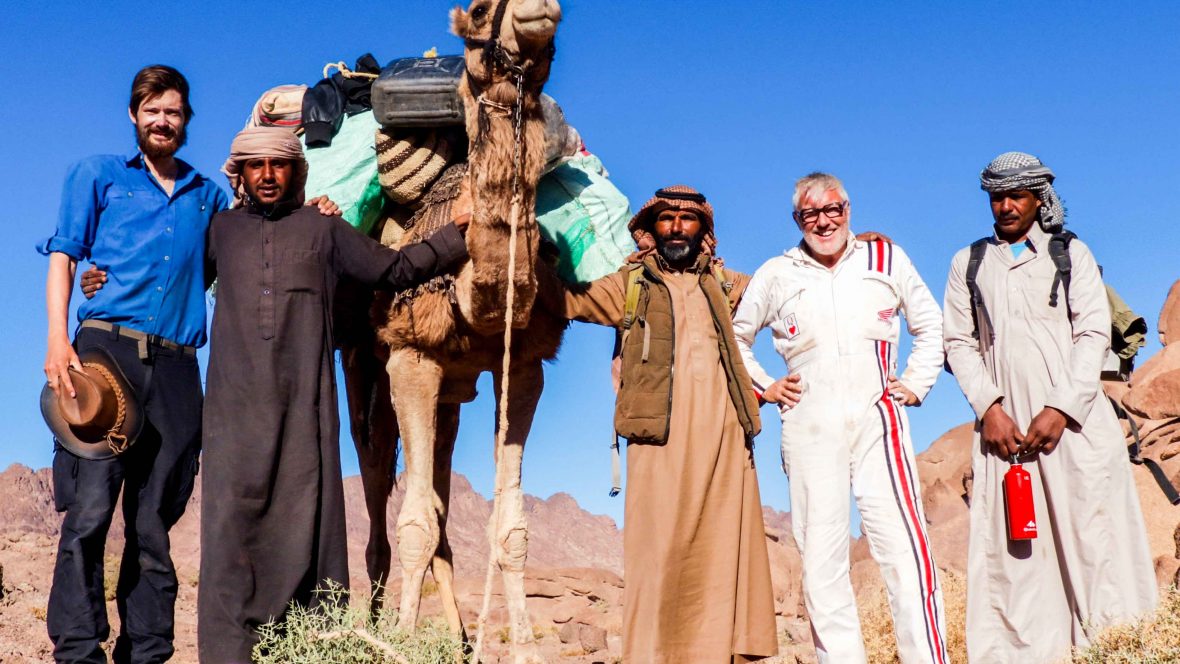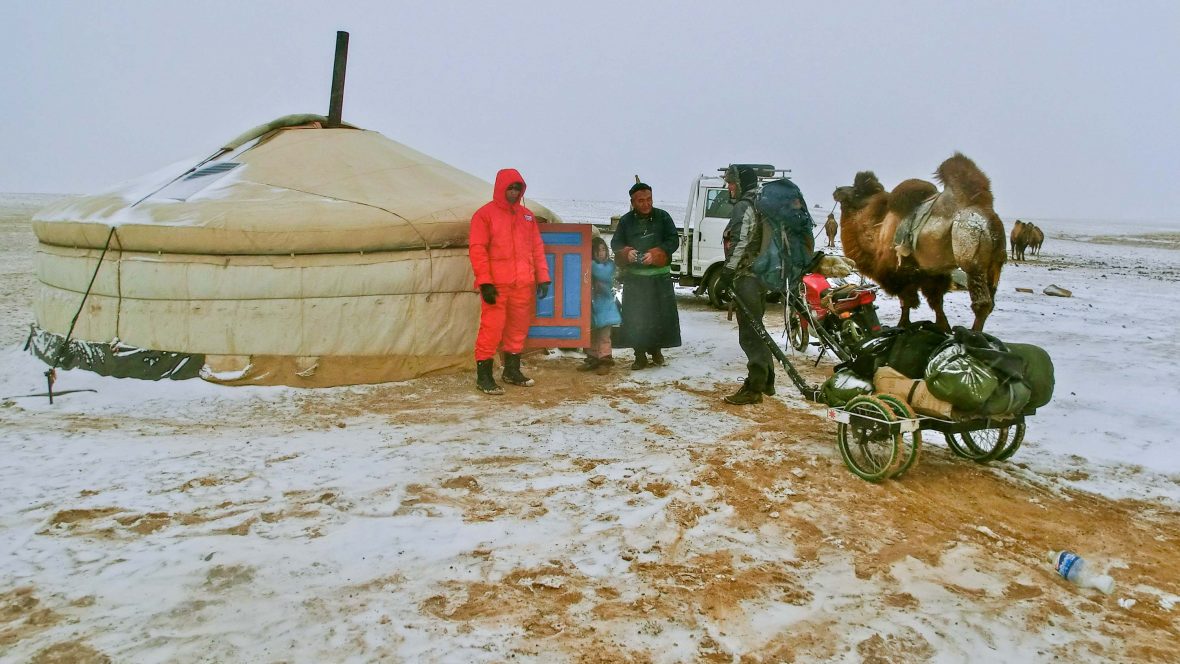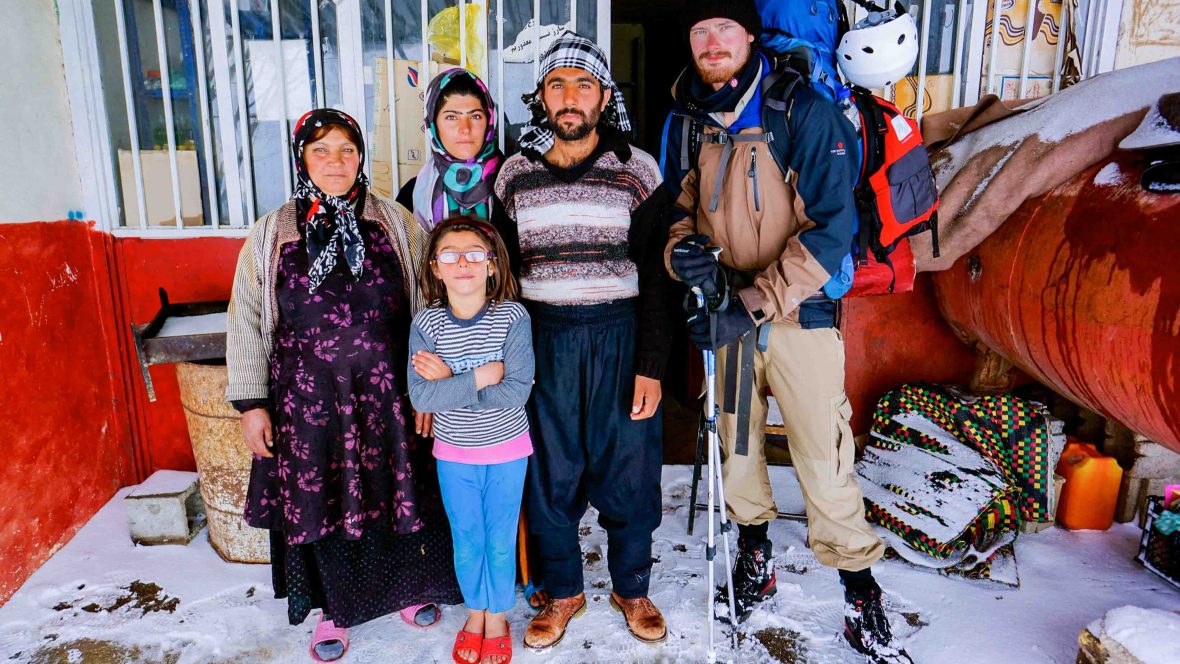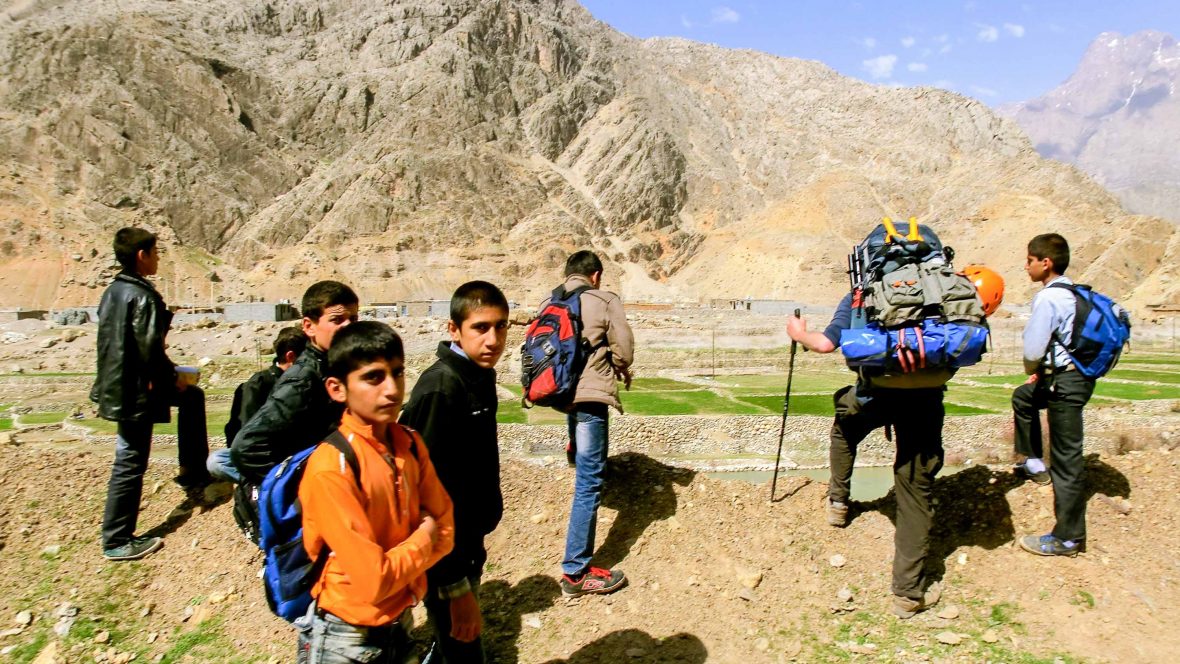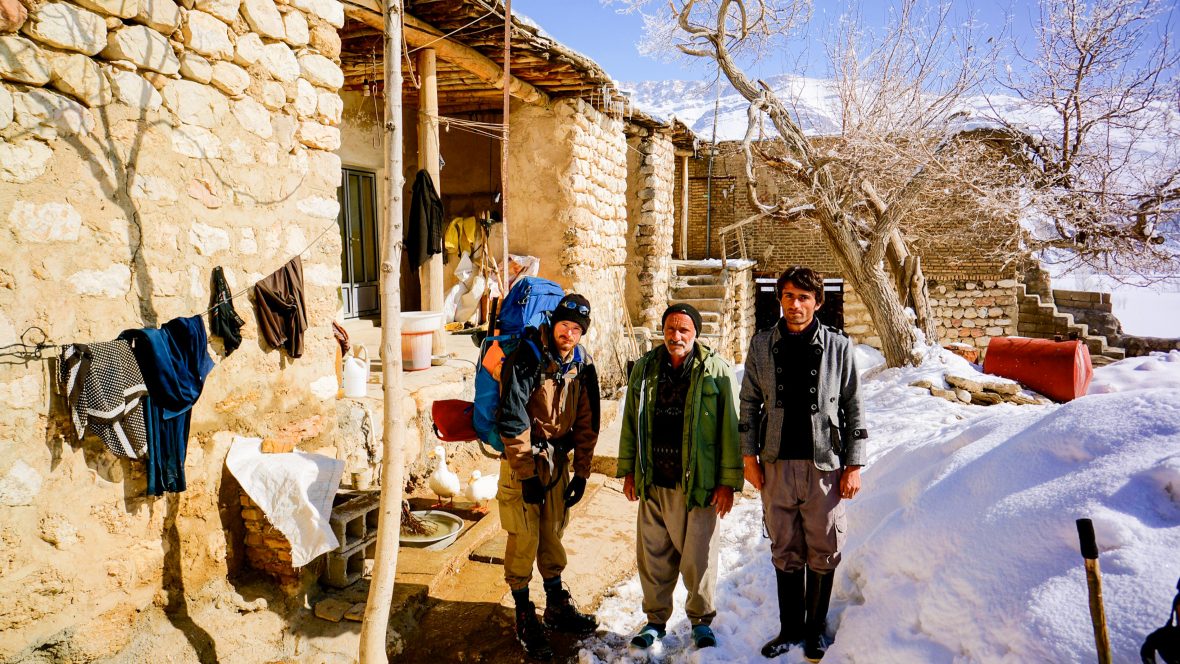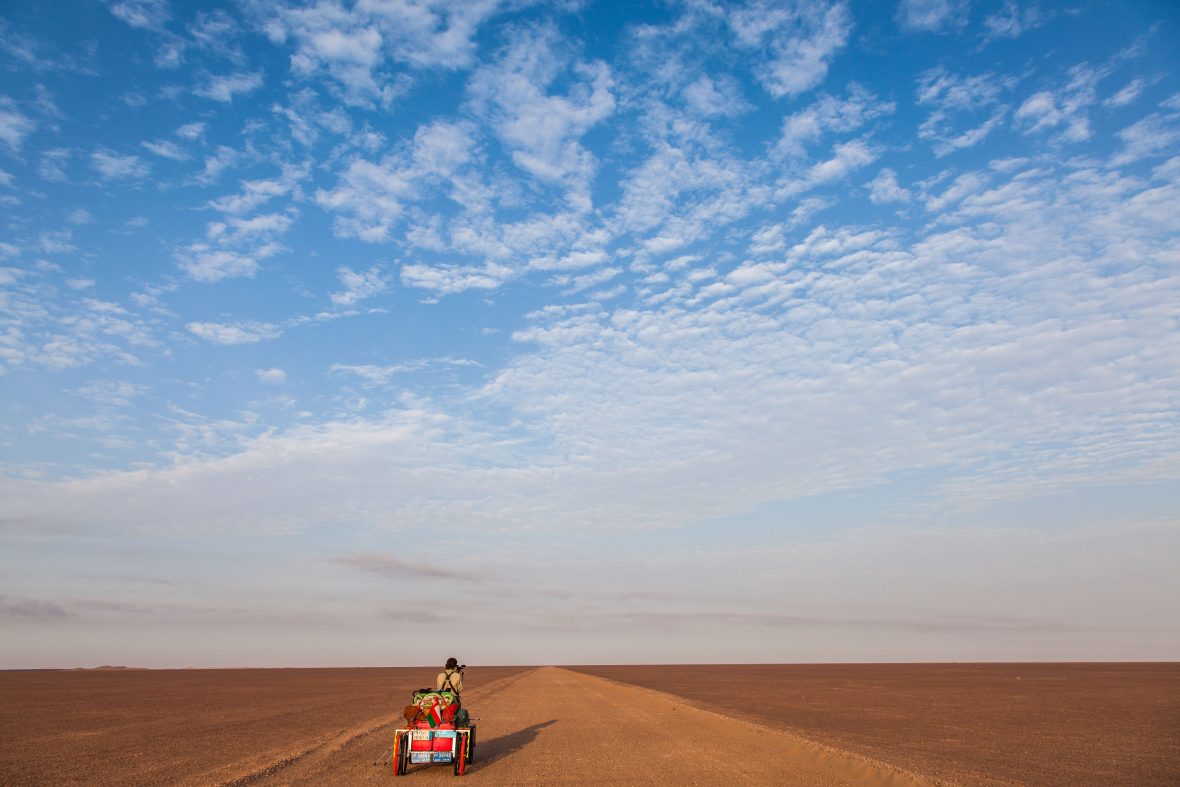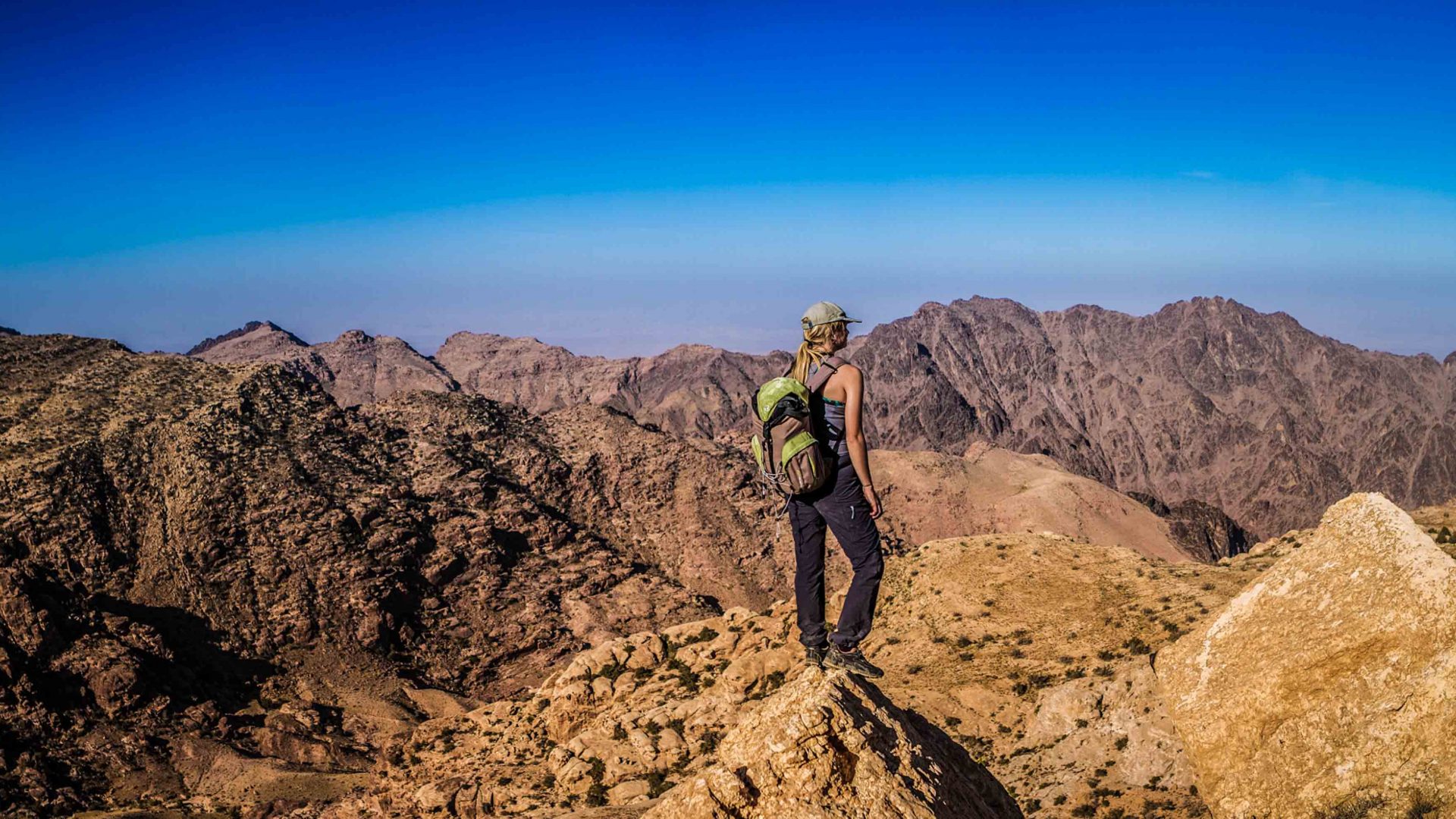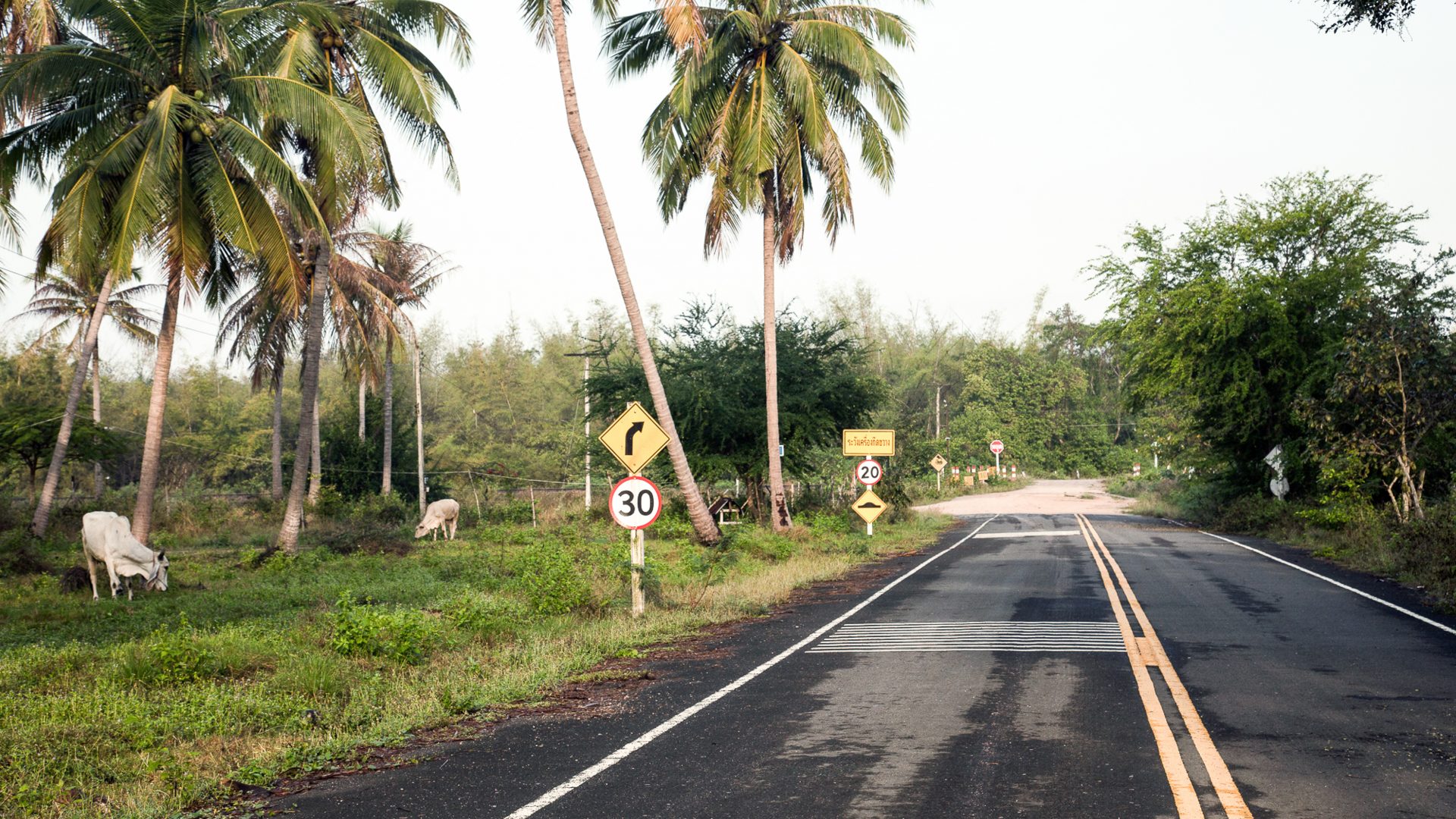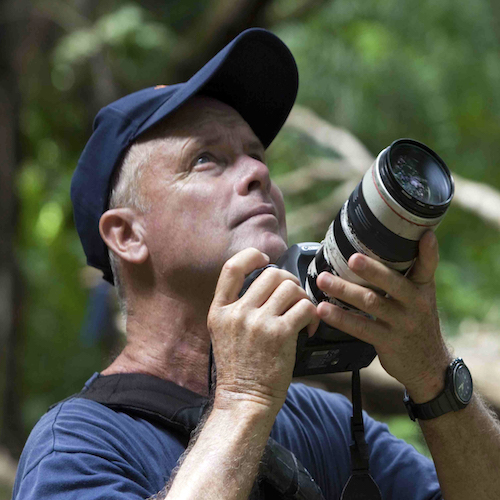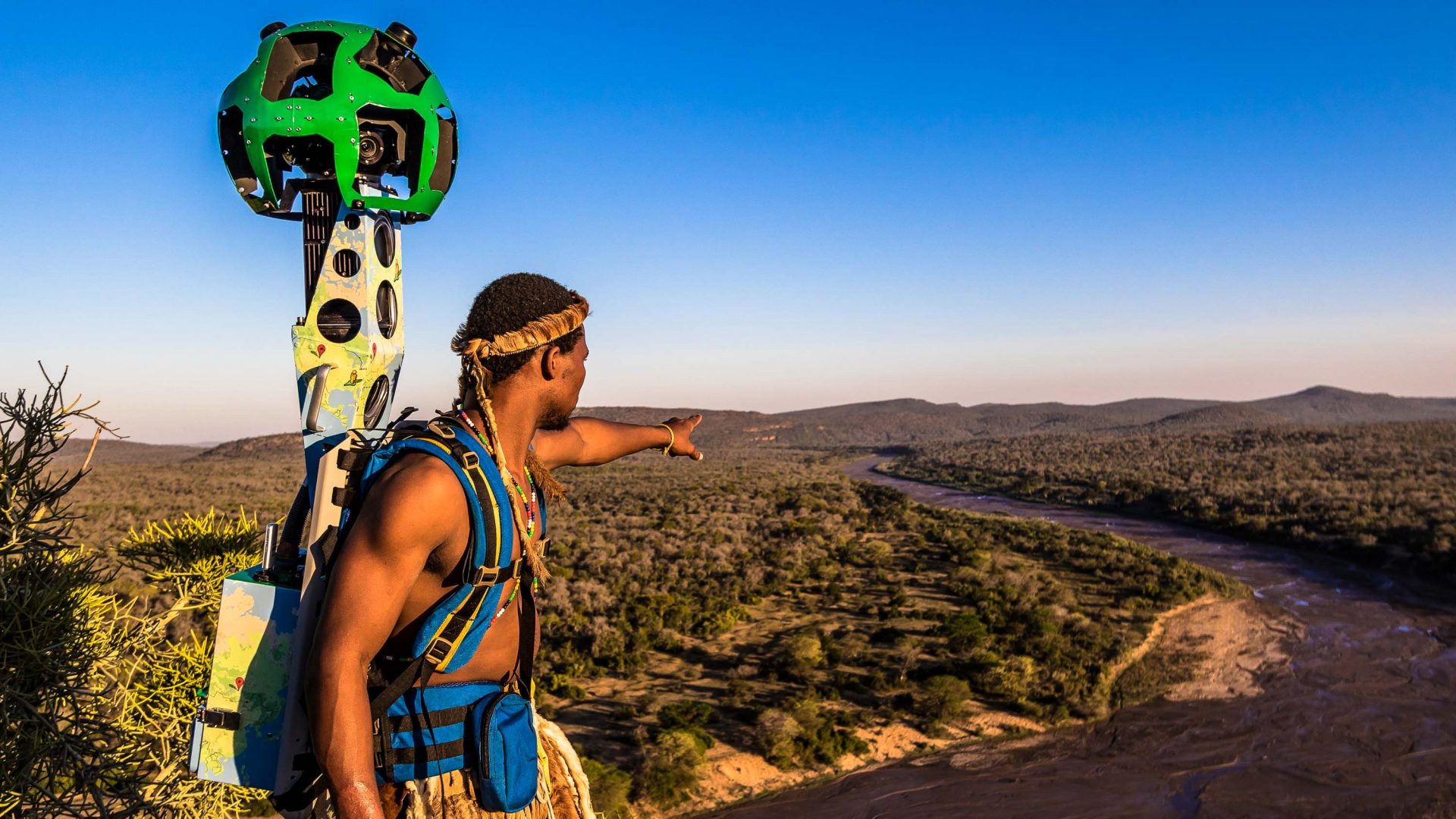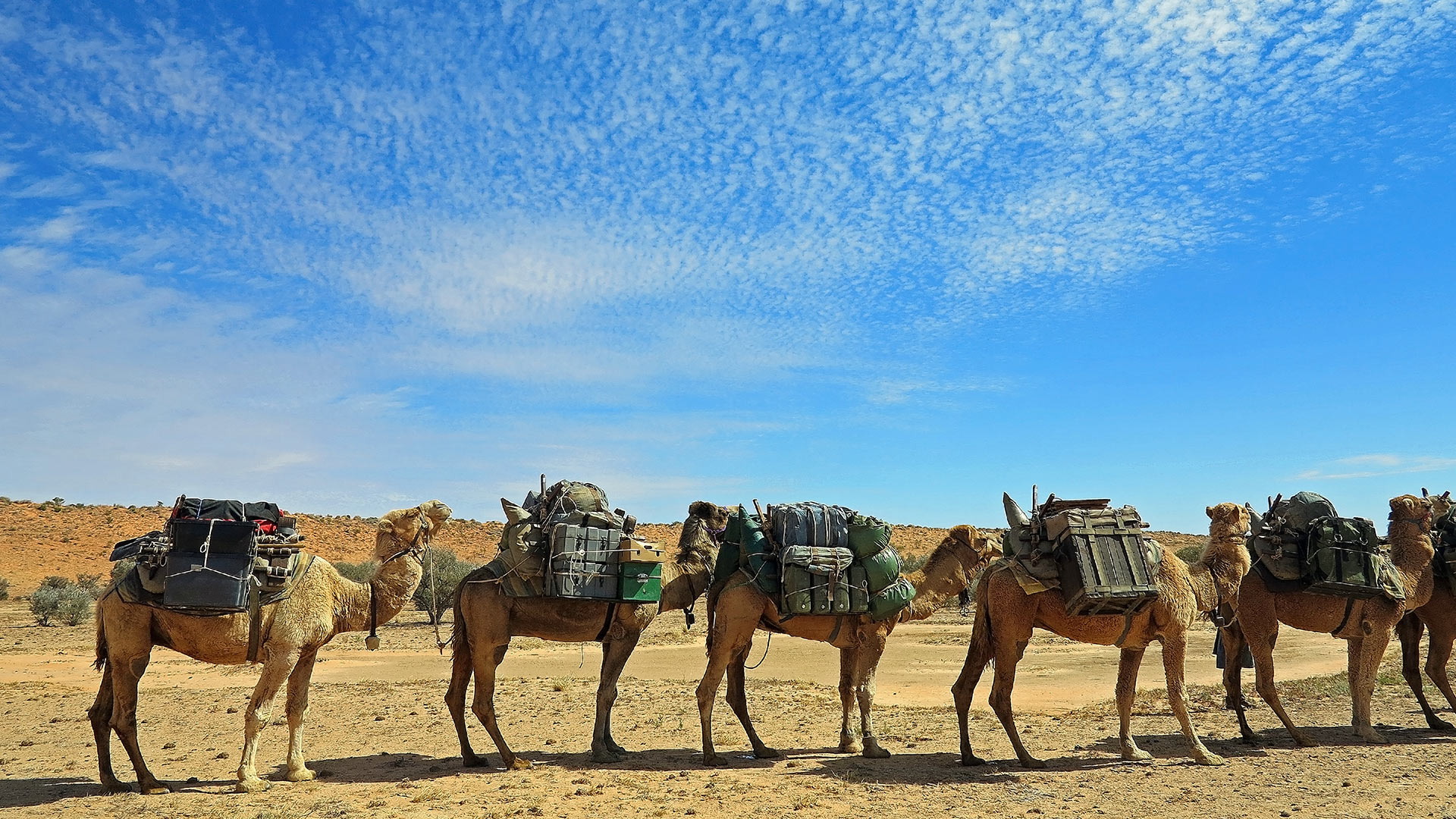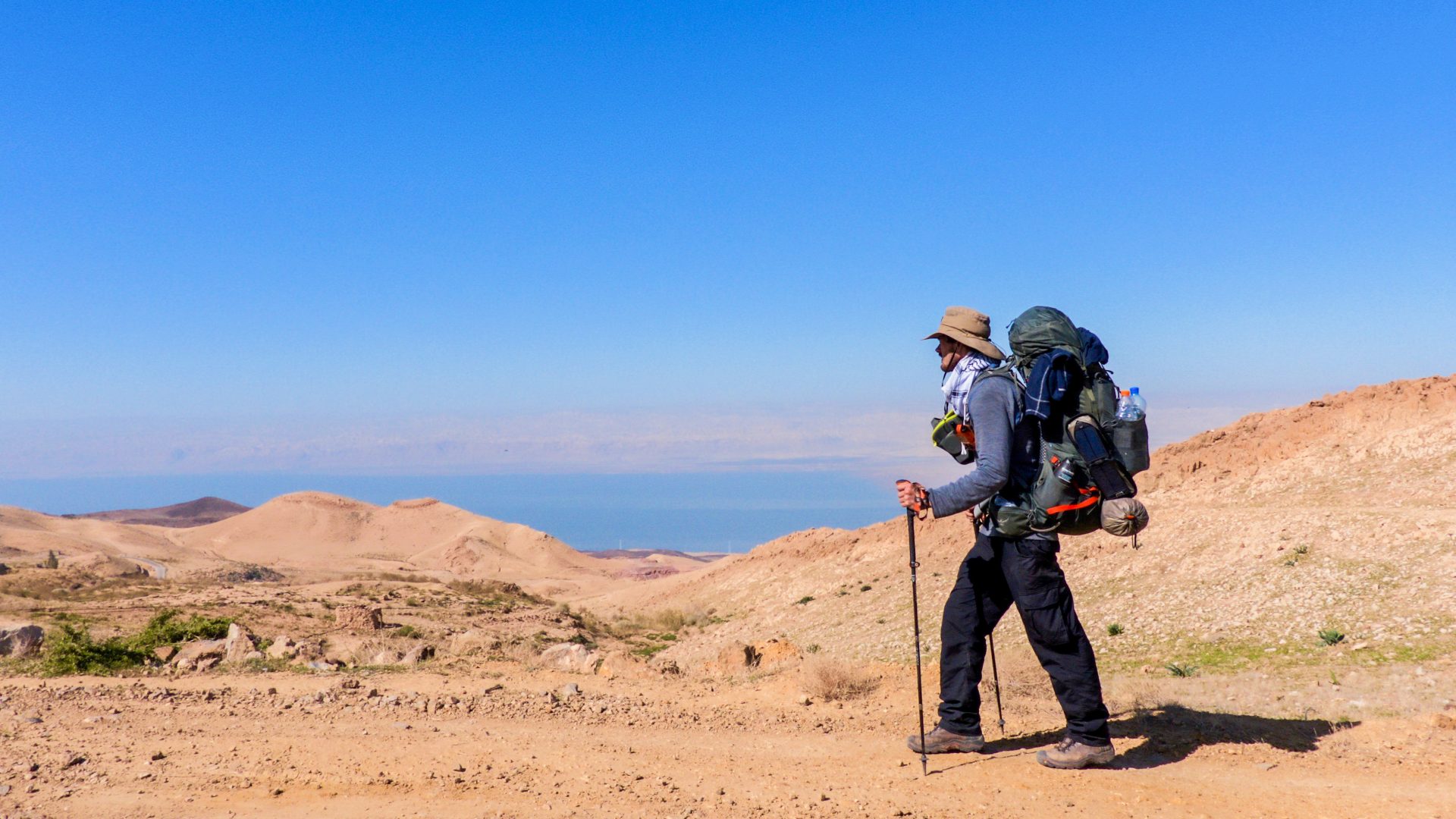
Walking has the power to connect people and cultures in a fast-paced world. Featured contributor and long-distance walker Leon McCarron, whose latest book charts his 1000-mile walk through the Middle East, explores this primal pursuit.
In almost every aspect of life, from news to travel, we live in an era of instantaneity. So choosing to move at just about the slowest speed that exists for an entire day—or a week or a year—might seem unusual at best, and downright counterproductive at worst.
So why do we walk? We go for fresh air, or to keep healthy, or simply to release endorphins and improve our mood. We walk to clear our heads, and take a break from home or the office. In some places, we might walk instead of taking a car but it’s rare, for most of us anyway, that we walk as an actual method of transportation.

